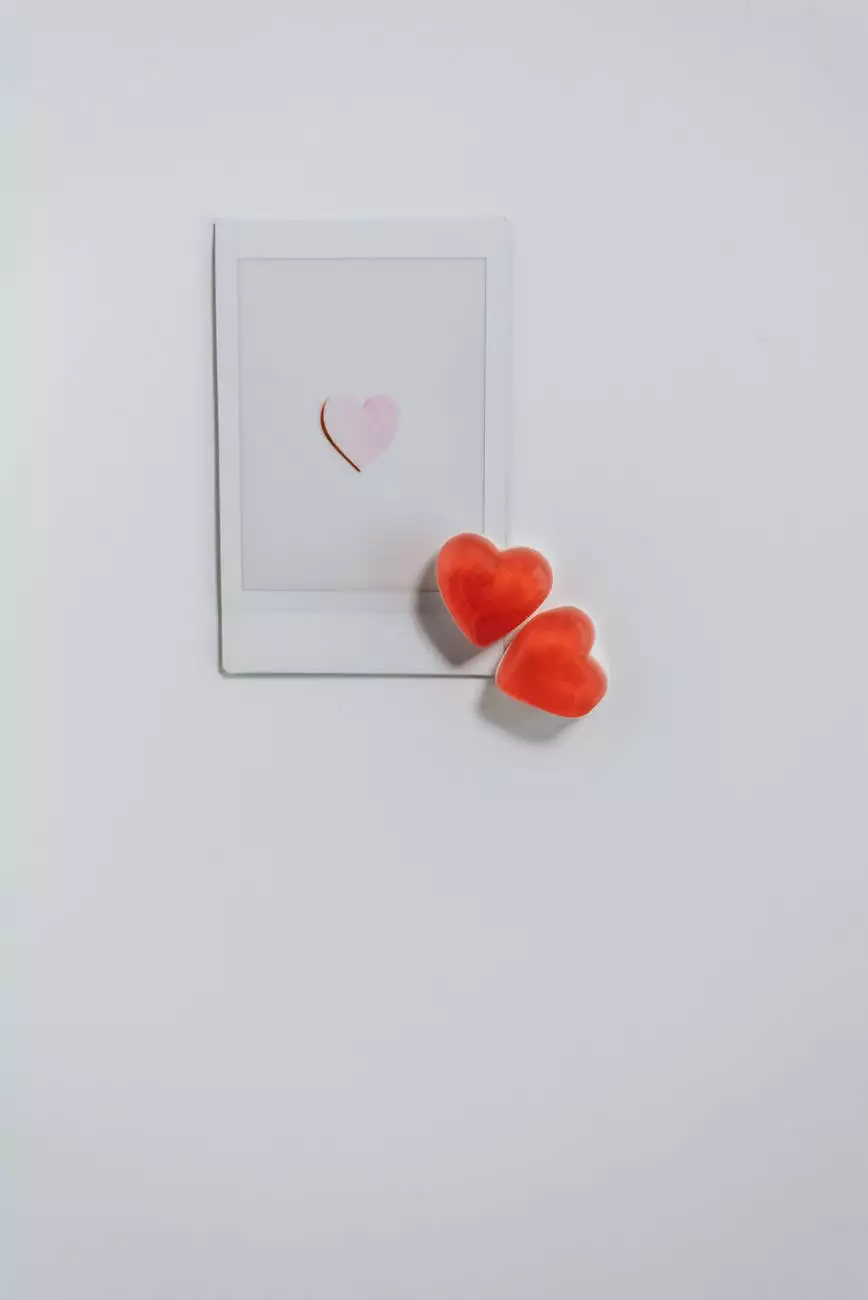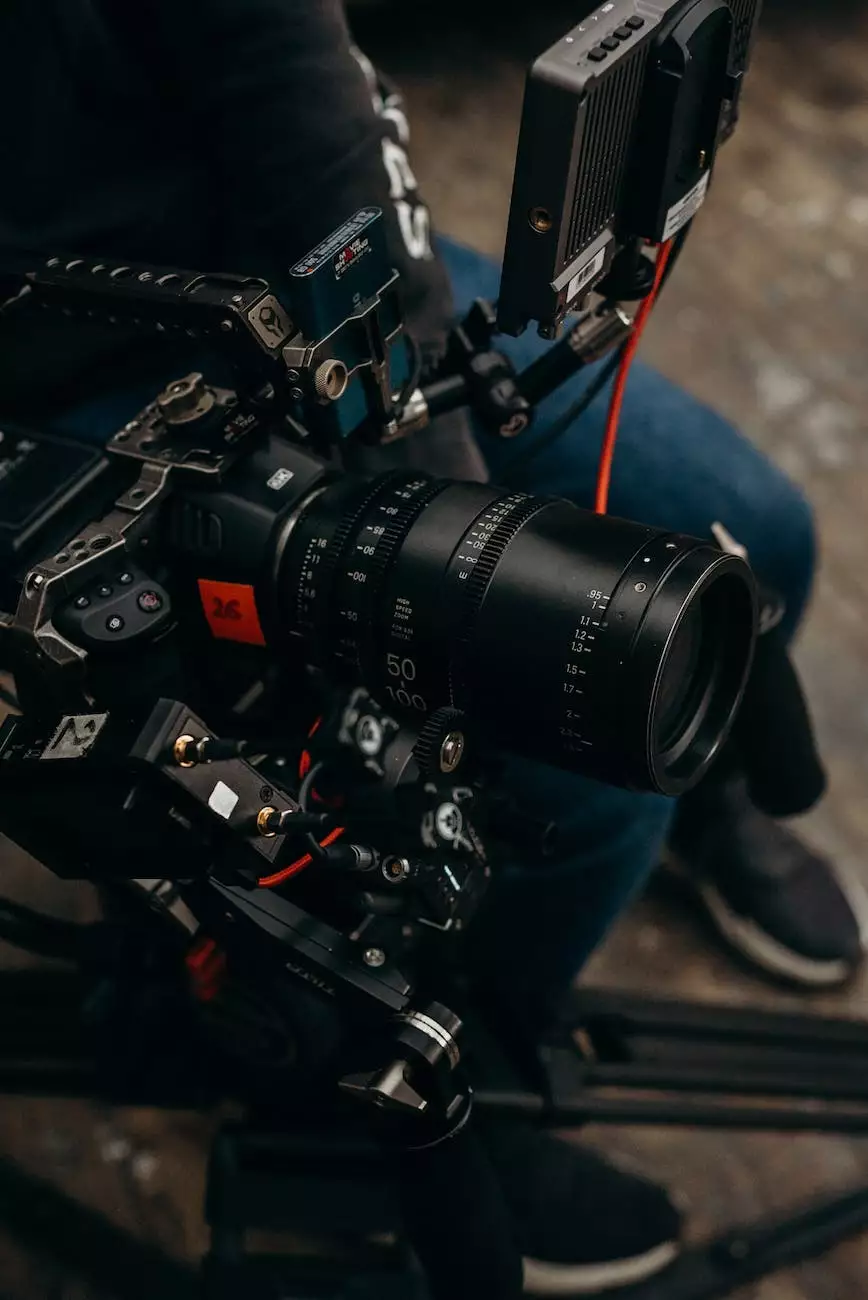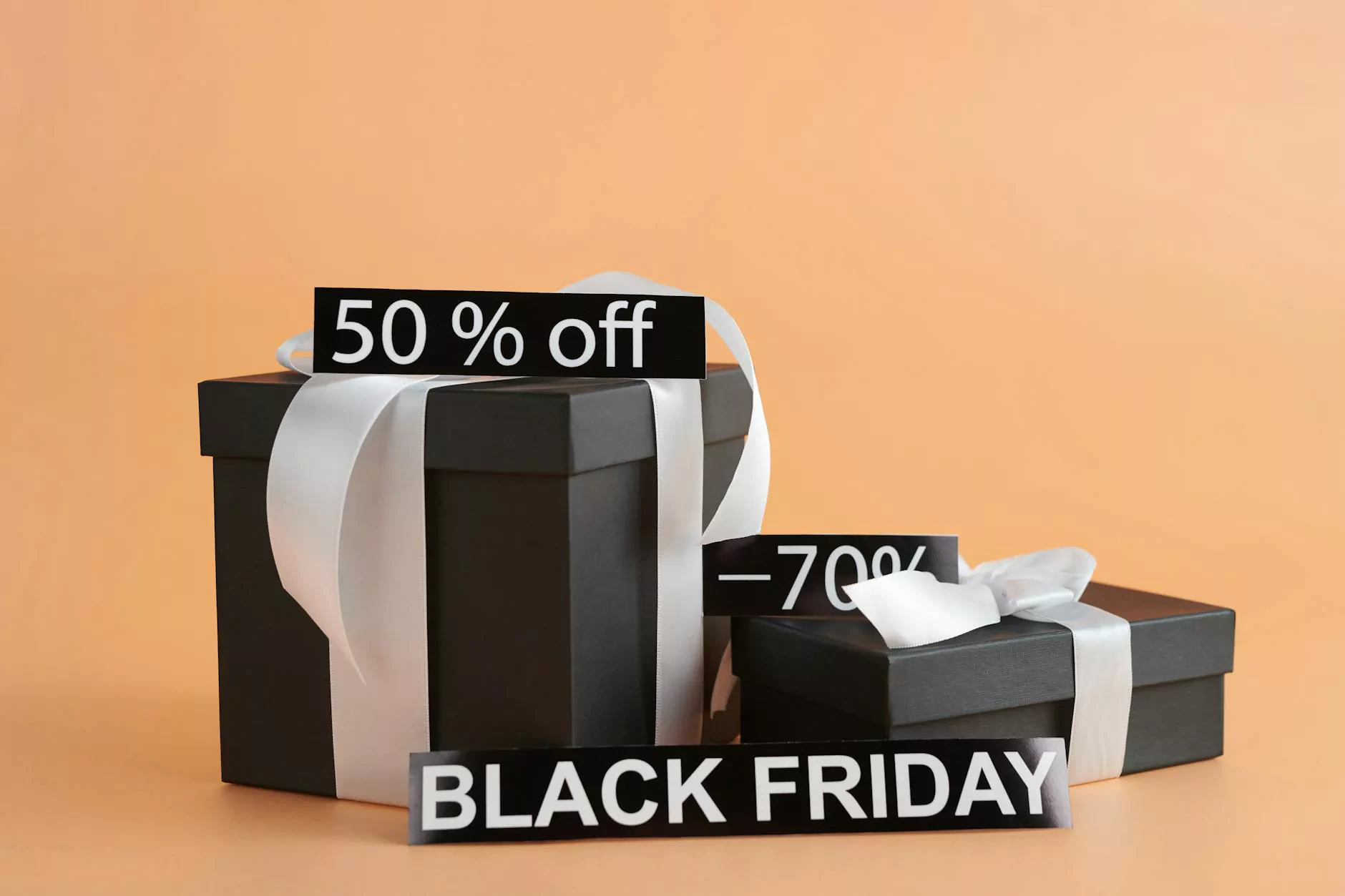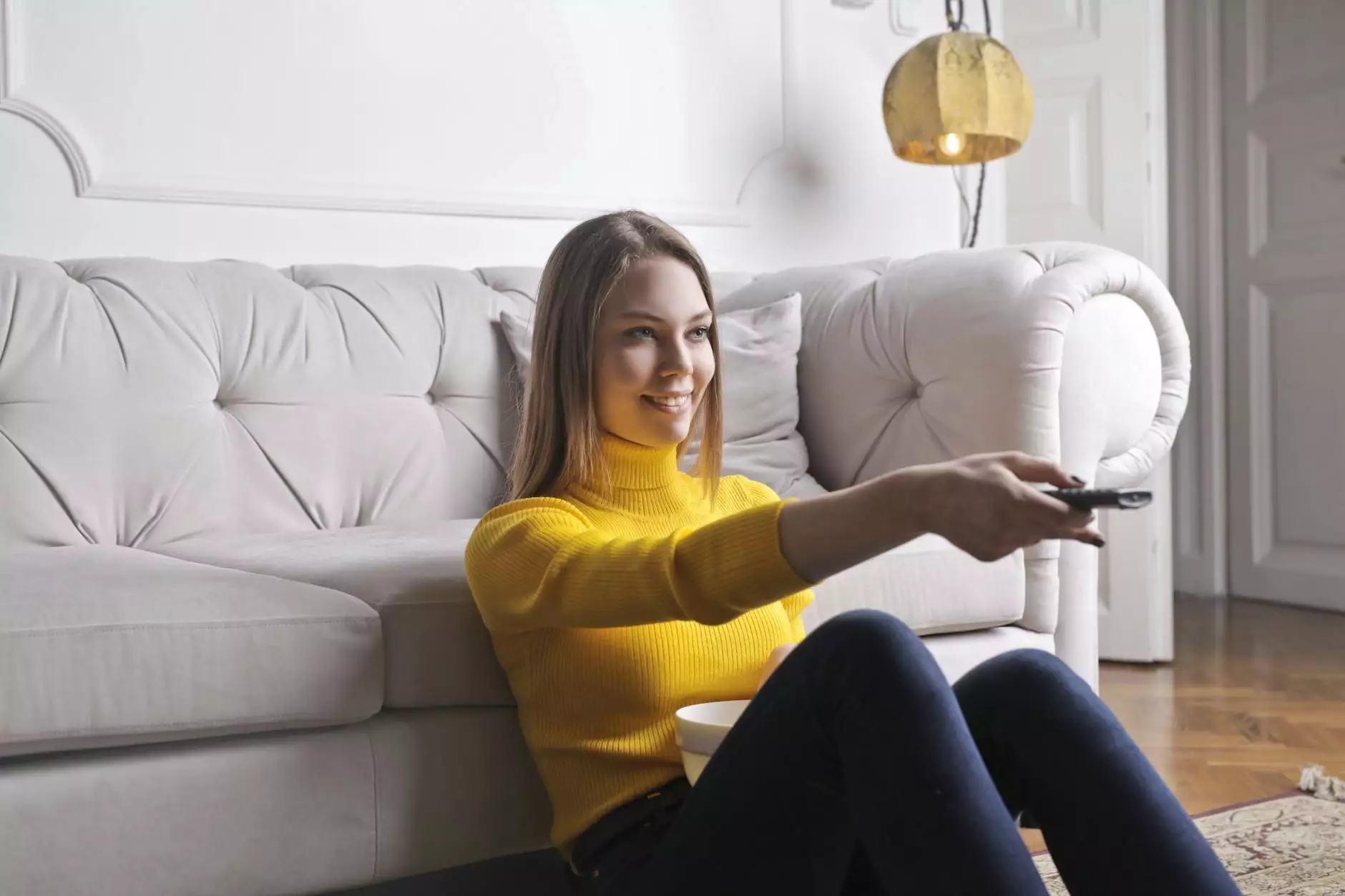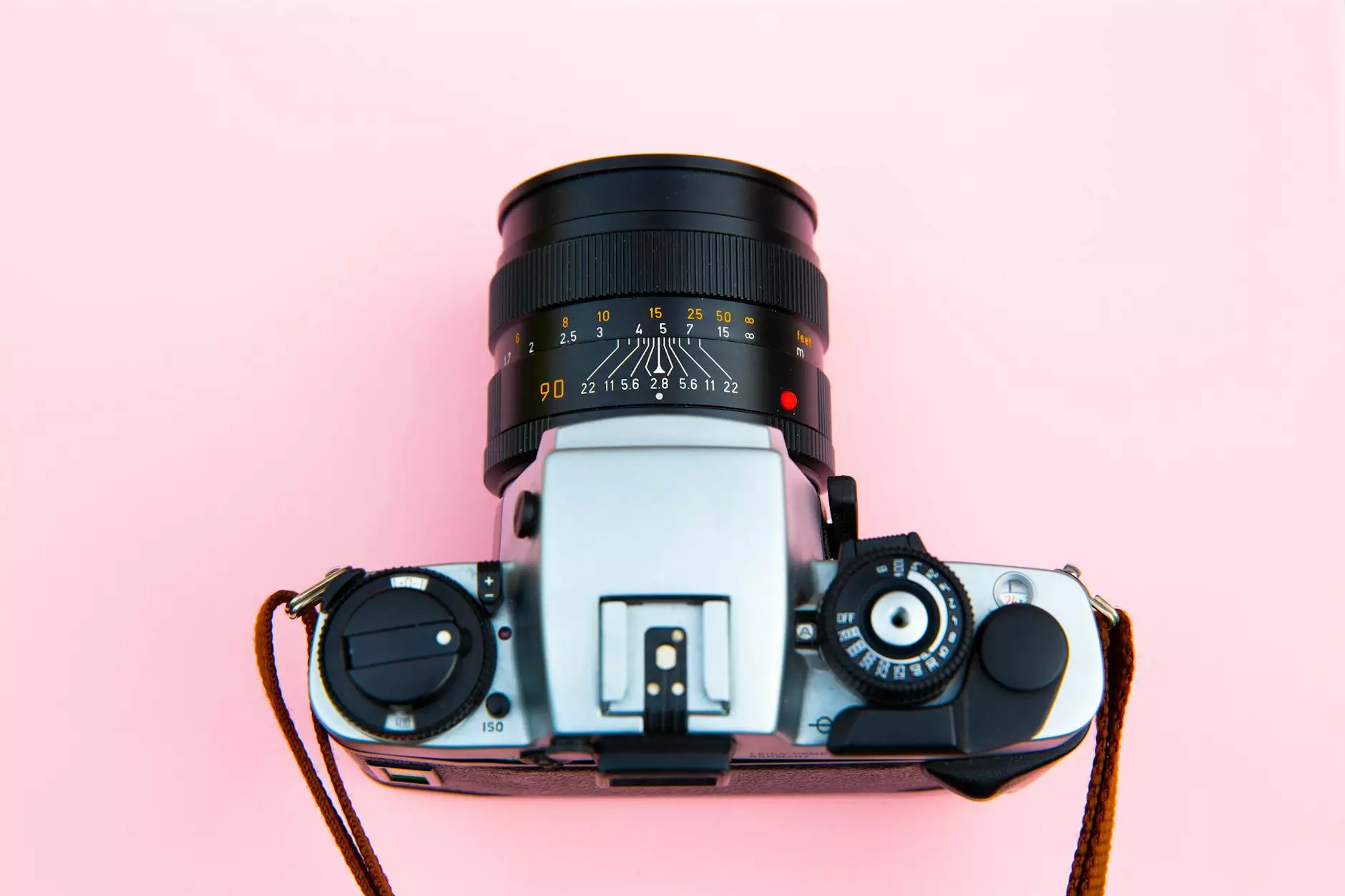How to Choose Color Palettes for Marketing Using Color Psychology
Marketing
Introduction
Welcome to Holt Design's comprehensive guide on choosing color palettes for marketing using color psychology. As a leader in business and consumer services, we understand the importance of creating visually appealing and impactful marketing materials. In this guide, we will explore the influence of colors on consumer behavior and provide valuable insights and tips to help you make the right color choices for your brand's marketing efforts.
The Power of Color Psychology in Marketing
Color plays a crucial role in marketing as it has the power to evoke emotions, influence perceptions, and drive actions. By understanding the principles of color psychology, businesses can strategically select color palettes that resonate with their target audience and enhance brand messaging. Let's delve into the psychology of different colors:
Red: Passion and Energy
Red is a highly stimulating color associated with passion, energy, and urgency. It grabs attention and is often used to create a sense of excitement or urgency. Brands seeking to evoke strong emotions or promote bold actions often incorporate red in their marketing materials.
Blue: Trust and Dependability
Blue is a calming color that conveys trust, reliability, and professionalism. It is often used by businesses aiming to establish a sense of credibility and dependability in their marketing. Blue is commonly associated with banks, healthcare providers, and other industries where trust is a key factor.
Yellow: Optimism and Happiness
Yellow is a vibrant and cheerful color that represents optimism, happiness, and creativity. It can be attention-grabbing and encourages positive emotions. Brands looking to communicate a sense of joy or promote innovation often incorporate yellow into their marketing strategies.
Green: Nature and Growth
Green is closely associated with nature, growth, and sustainability. It signifies health, freshness, and harmony. Many brands in the health, wellness, and environmental sectors utilize green to showcase their commitment to the environment and overall well-being.
Purple: Luxury and Creativity
Purple is often associated with luxury, creativity, and spirituality. It evokes a sense of imagination and sophistication. Brands aiming to convey elegance, originality, or uniqueness frequently incorporate purple in their marketing materials.
Orange: Energy and Enthusiasm
Orange is a vibrant and energetic color that sparks enthusiasm and creativity. It can create a sense of excitement and impulse. Brands targeting a young audience or seeking to portray a fun and energetic image often use orange to capture attention and inspire action.
Applying Color Psychology to Your Marketing Materials
Now that we have discussed the psychology behind different colors, it's time to apply these principles to your marketing materials. Here are some tips to guide you:
Know Your Target Audience
Understanding your target audience is crucial when selecting colors for marketing. Consider demographics, preferences, and cultural factors that may impact color perception. Use colors that resonate with your audience's values and preferences, connecting with them on a deeper level.
Create Consistency in Branding
Consistency is key to building brand recognition and trust. Select a color palette that aligns with your brand identity and ensure it is consistently used across various marketing channels. This coherence helps establish a strong visual connection with your audience.
Combine Colors Strategically
Experiment with different color combinations to create visual hierarchy and guide the viewer's attention. Use color contrast to highlight important elements such as calls to action or key messages. Balance vibrant colors with neutral shades to maintain readability and visual appeal.
Test and Refine
Don't be afraid to test different color variations and collect feedback from your audience. Use analytics to measure the performance of different color palettes in driving engagement and conversions. Continuously refine your color choices based on data and insights.
Conclusion
Choosing color palettes for marketing using color psychology is a powerful tool that can significantly impact your brand's success. By leveraging the emotional and psychological responses triggered by different colors, you can create compelling and persuasive marketing materials that resonate with your target audience. Holt Design, a leading expert in business and consumer services, is dedicated to helping you navigate the intricate world of color psychology to maximize your marketing efforts. Contact us today to learn how we can elevate your brand through well-crafted color palettes.

